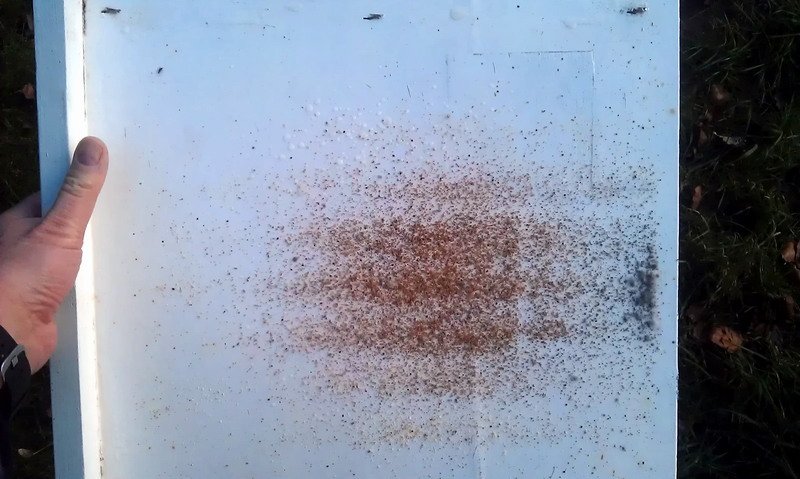What can you deduce from the inspection tray?
... apart from the number of varroa?
I had my inspection trays in all four hives to assess the number of varroa - there were few, just one or two thankfully.
Does anyone pay any attention to the amount and pattern of the fine wax that falls through to the tray? Would it be safe to assume that the amount and pattern relates to the uncapping and consumption of stores?
Is there any reason why the inspection tray is not left in the hive all through winter? It can give quite a lot of information on what is happening inside the hive. Of does the tray stop the flow of air too much and allow the varroa to crawl back in?
... apart from the number of varroa?
I had my inspection trays in all four hives to assess the number of varroa - there were few, just one or two thankfully.
Does anyone pay any attention to the amount and pattern of the fine wax that falls through to the tray? Would it be safe to assume that the amount and pattern relates to the uncapping and consumption of stores?
Is there any reason why the inspection tray is not left in the hive all through winter? It can give quite a lot of information on what is happening inside the hive. Of does the tray stop the flow of air too much and allow the varroa to crawl back in?
Last edited:



















































